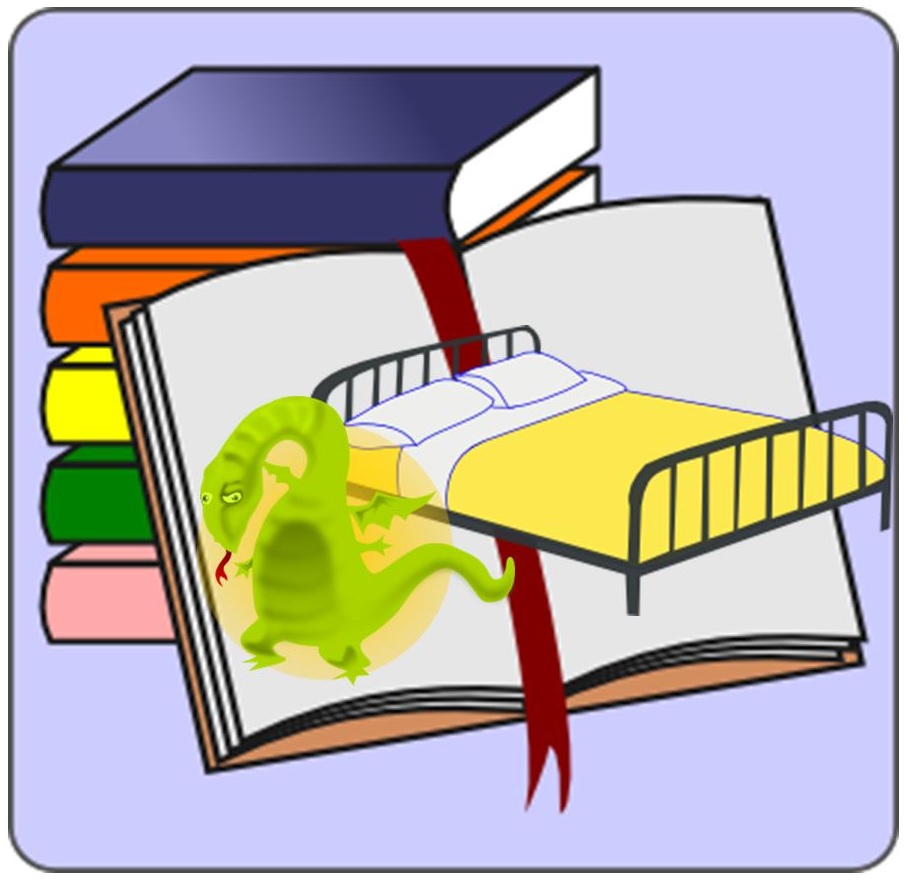This AR technology has been used by TexTales so that it can be woven right into the child’s bedding.
TexTales is a newly launched product out of Eindhoven in the Netherlands, which uses augmented reality for kids worked into sets of bed sheets for children, so that they can bring bedtime stories to life.
The images appear to come alive directly out of the printed patterns on their bedding.
When a tablet or a smartphone is directed at the bed sheets with this augmented reality for kids, the bedding displays three dimensional images of fairy tale characters. When the sheets are purchased, they come with a free accompanying app that gives parents the ability to either play pre-existing stories or to create their own special stories. These can then be played for their children during playtime or before bedtime.
The images that are created on the fabric are recognized by special software using augmented reality for kids.
 When the app is open and the device is aimed at the images on the sheets, the custom made software detects these specific images and activates various elements, allowing parents and children to be able to interact with those images, that appear to move around on the screen.
When the app is open and the device is aimed at the images on the sheets, the custom made software detects these specific images and activates various elements, allowing parents and children to be able to interact with those images, that appear to move around on the screen.
The TexTales app is compatible with devices based on Android 2.3 and higher, as well as those based on iOS 5 and higher. To work with the AR technology, they have to be equipped with a rear-facing camera. This product was developed based on another project that had been previously pursued by Kristi Kuusk. It is considered to be a collaborative venture among studio Toer, Unit040, Johan van den Acker Textielfabriek, and the Eindhoven University of Technology. It is also part of a greater project which is known as CRISP Smart Textile Services.
In order to be able to raise the funds to create the sheets with augmented reality for kids, and to be able to develop the project so that it would be possible to create more characters and stories, TexTales launched a Kickstarter campaign. This allowed them to custom create the software necessary for these added elements.

